Crafting Conscious Style: DIY Guide to Sustainable Fashion
As the world becomes increasingly aware of the environmental and social impacts of fast fashion, many individuals are turning to sustainable alternatives to express their style. One of the most empowering ways to embrace sustainability in fashion is through do-it-yourself (DIY) projects. By upcycling, repurposing, and creating your own clothing and accessories, you can reduce waste, minimize your carbon footprint, and cultivate a unique wardrobe that reflects your personal values. In this comprehensive DIY guide to sustainable fashion, we'll explore various techniques, tips, and tutorials to help you unleash your creativity and craft conscious style that makes a positive impact.
Understanding Sustainable Fashion:
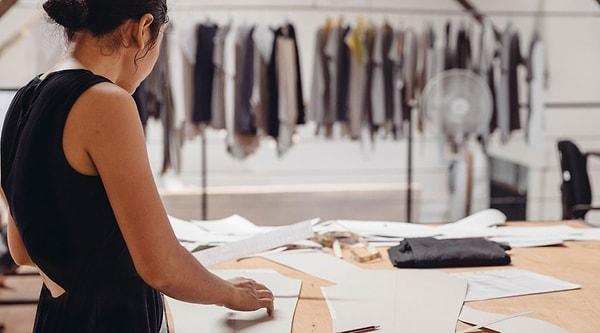
Before diving into DIY projects, it's essential to understand the principles of sustainable fashion. Sustainable fashion encompasses various practices aimed at minimizing environmental harm and promoting social responsibility throughout the entire lifecycle of a garment. This includes using eco-friendly materials, reducing waste, supporting ethical labor practices, and designing for longevity. By embracing these principles, DIY enthusiasts can align their creative endeavors with a more sustainable ethos.
Upcycling Old Clothing:

One of the simplest ways to embark on your sustainable fashion journey is by upcycling old clothing items. Instead of discarding worn-out garments, breathe new life into them through creative transformations. For instance, you can turn a pair of jeans into stylish denim shorts, repurpose an oversized shirt into a trendy crop top, or embellish a plain dress with embroidery or appliqué. Upcycling not only extends the lifespan of clothing but also adds a personal touch to your wardrobe.
DIY Accessories:
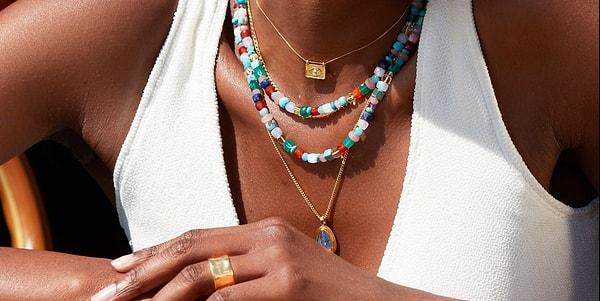
Accessories are versatile accents that can elevate any outfit. Instead of purchasing mass-produced accessories, consider making your own using sustainable materials and techniques. For example, you can create statement earrings from recycled leather or fabric scraps, design a unique tote bag using old denim or canvas, or craft a beaded necklace using repurposed vintage beads. DIY accessories allow you to express your creativity while reducing reliance on resource-intensive manufacturing processes.
Natural Dyeing Techniques:
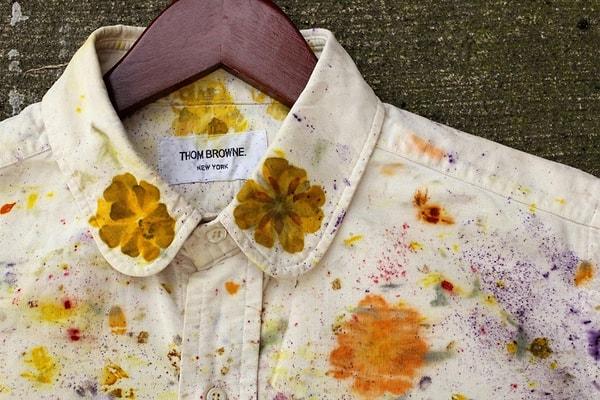
Explore the vibrant world of natural dyes to add color to your DIY projects sustainably. Unlike synthetic dyes, which often contain harmful chemicals and pollutants, natural dyes are derived from plants, minerals, and other renewable sources. Experiment with ingredients like avocado pits, onion skins, turmeric, and indigo to achieve a spectrum of beautiful hues. Not only are natural dyes eco-friendly, but they also impart a unique depth and character to textiles, making each piece truly one-of-a-kind.
Sewing Basics:
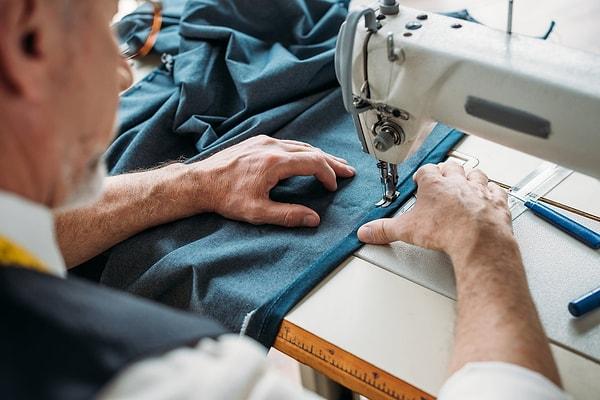
Learning basic sewing skills opens up endless possibilities for DIY fashion projects. Whether you're hemming a skirt, repairing a torn seam, or constructing a garment from scratch, sewing proficiency is a valuable asset for sustainable fashion enthusiasts. Start by mastering essential techniques such as threading a needle, stitching seams, and using a sewing machine. With practice and patience, you'll gain the confidence to tackle more ambitious projects and customize clothing to fit your body perfectly.
Ethical Sourcing and Materials:
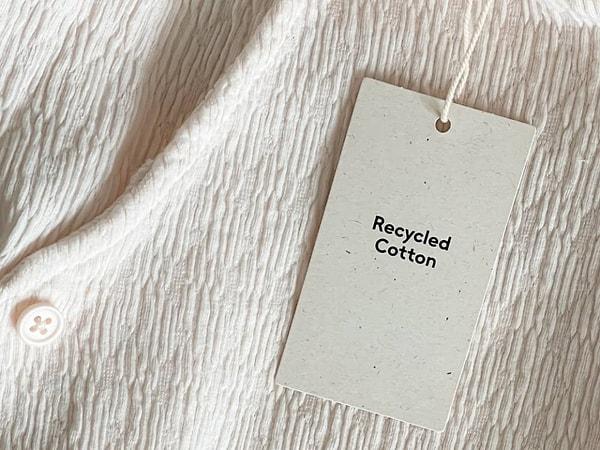
When sourcing materials for your DIY projects, prioritize sustainability and ethics. Choose fabrics made from organic cotton, hemp, linen, or Tencel, which have lower environmental impacts compared to conventional materials like polyester and nylon. Additionally, consider repurposing fabric from thrifted or vintage clothing, salvaging textiles from discarded household items, or supporting ethical suppliers that prioritize fair labor practices and eco-friendly production methods.
Sharing and Community:

Finally, embrace the spirit of sharing and community within the DIY sustainable fashion movement. Connect with like-minded individuals through online forums, social media groups, or local crafting meetups to exchange ideas, inspiration, and resources. Participate in clothing swaps, where you can trade garments with others to refresh your wardrobe without buying new items. By fostering a culture of collaboration and creativity, we can collectively reduce waste and promote a more sustainable approach to fashion consumption.
Keşfet ile ziyaret ettiğin tüm kategorileri tek akışta gör!


Send Comment